1. The Woolly Bear Caterpillar’s Predictions

The woolly bear caterpillar, known for its black and orange bands, was once believed to have the power to predict winter weather. In ancient folklore, it was said that the width of the orange bands indicated how harsh the winter would be. A wide band meant a mild winter, while a narrow band suggested a harsher one. Interestingly, modern scientists have found that these caterpillars actually do respond to temperature changes, with wider bands appearing when the weather has been warmer. While it may not be the most scientific method, people have noticed a strange accuracy in this old belief shares the National Weather Service.
In fact, some reports show that the woolly bear caterpillar’s forecast has often matched up with the actual winter conditions. Whether by instinct or folklore, the caterpillar’s pattern seems to align with temperature trends over the years. It’s a quirky way to gauge what’s ahead, but the fact that this ancient prediction has held up over time makes it a fun piece of history adds the Old Farmer’s Almanac.
2. The Old Farmer’s Almanac
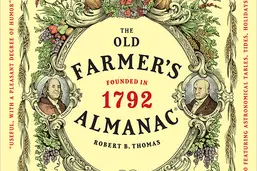
The Old Farmer’s Almanac, which dates back to 1792, is known for its long-range weather predictions based on a combination of solar cycles, tidal patterns, and historical weather data. While some of its forecasts are more general, many have proven to be surprisingly accurate. For example, its predictions about cold winters and warm summers have often aligned with actual climate conditions. People from all walks of life have relied on its weather forecasts for centuries, and some have even claimed it’s been eerily precise says Good Housekeeping.
The Almanac’s method, though somewhat mysterious, involves complex calculations that have passed the test of time. For centuries, farmers and gardeners swore by its guidance for planting and harvesting. Even modern meteorologists have sometimes been taken aback by the accuracy of its long-term predictions, making it one of the most enduring weather forecasting tools adds KFYO.
3. Native American Weather Lore
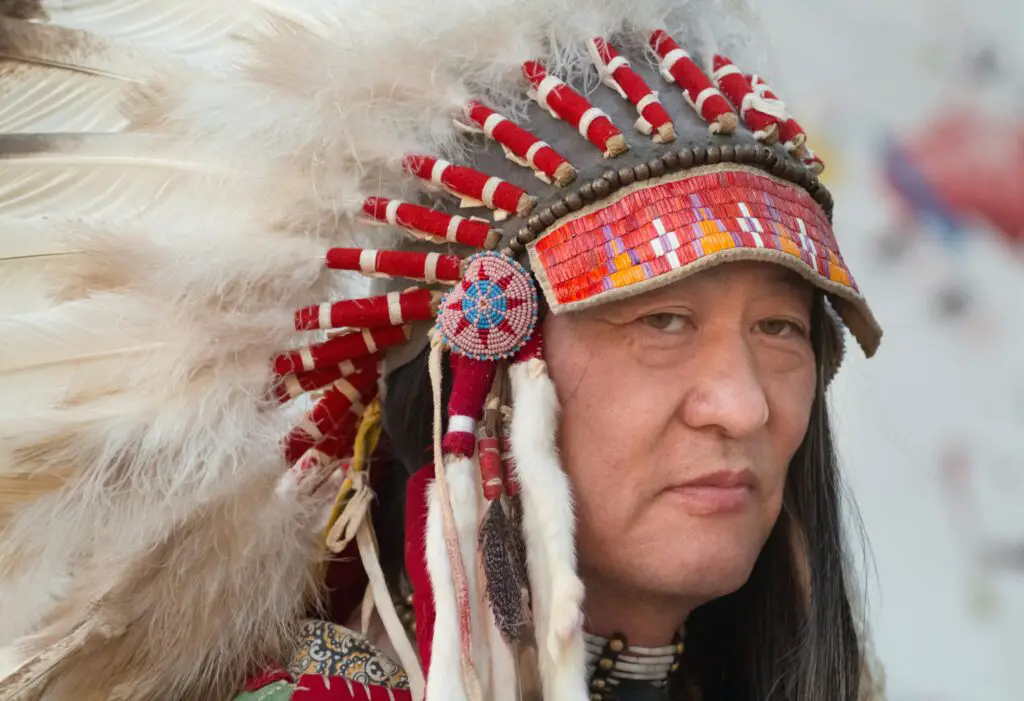
Many Native American tribes had intricate weather lore passed down through generations. The Cherokee, for example, used the phase of the moon and the position of the sun to predict weather patterns. They believed that the first snowfall of the season could indicate the severity of the upcoming winter, with early snows signaling harsher conditions. Other tribes would track animal behavior, such as the migration patterns of birds and the fattening of squirrels, as indicators of what kind of weather to expect.
Some of these predictions turned out to be remarkably accurate. For instance, the first snow often did predict a particularly cold season, aligning with the general weather patterns observed by modern-day meteorologists. The deep connection that Native Americans had with the land allowed them to develop keen insights into the natural world, including the weather.
4. Ancient Egyptians and the Nile’s Flooding

Ancient Egyptians relied heavily on the flooding of the Nile River to determine the fertility of their land and the coming harvests. The flood’s timing and height were crucial in determining the crop yield for the year. Interestingly, the Egyptians were able to predict the flooding pattern with uncanny accuracy, relying on the stars and the moon. They could tell when the floodwaters would begin to rise based on the heliacal rising of the star Sirius.
Their predictions, made thousands of years ago, often coincided with actual floods. This helped Egyptians prepare their fields and irrigation systems, ensuring that they were ready for the rising waters. Their ability to track celestial events and understand seasonal changes in the river’s behavior showcases their deep knowledge of natural cycles.
5. The Acorn Prediction

In several ancient cultures, the size of acorns was thought to predict the severity of winter. The larger the acorn, the harsher the winter was believed to be. This observation stems from the idea that oak trees produce larger acorns when the weather has been mild and smaller ones when it’s colder. While modern science doesn’t fully support this theory, many still swear by it, especially in rural areas where this method has been passed down through generations.
Over the years, some people have found that years with larger acorns often coincide with colder winters. This ancient weather predictor is still sometimes used in rural communities today, even though weather forecasting has come a long way since the time of the oak tree prophecy.
6. Ancient Chinese Divination Techniques
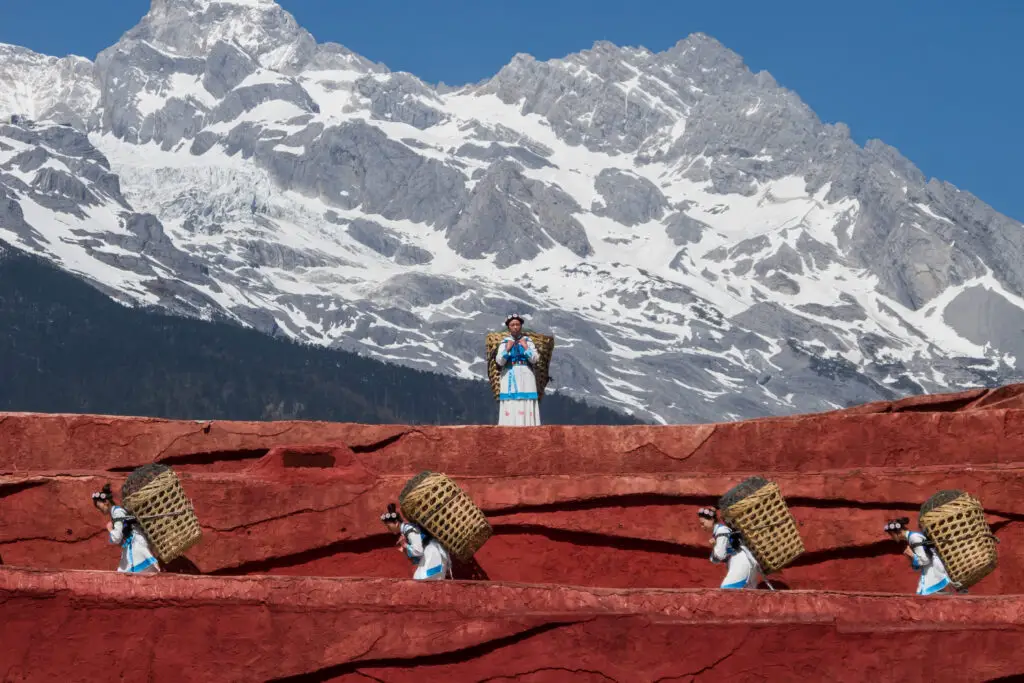
In ancient China, the practice of divination was not limited to the future of individuals—it also extended to weather forecasting. One method used was the “I Ching,” or Book of Changes, which was a system of interpreting natural patterns, including weather phenomena. By casting sticks and reading the patterns in the way they landed, Chinese diviners would predict the weather and the most auspicious times for planting.
Surprisingly, many of these predictions turned out to be remarkably accurate. The diviners’ ability to track cyclical weather patterns in nature allowed them to anticipate seasonal changes with an uncanny degree of precision. Though it was a spiritual practice, many of these ancient predictions were based on careful observation of nature’s patterns.
7. The Harvest Moon
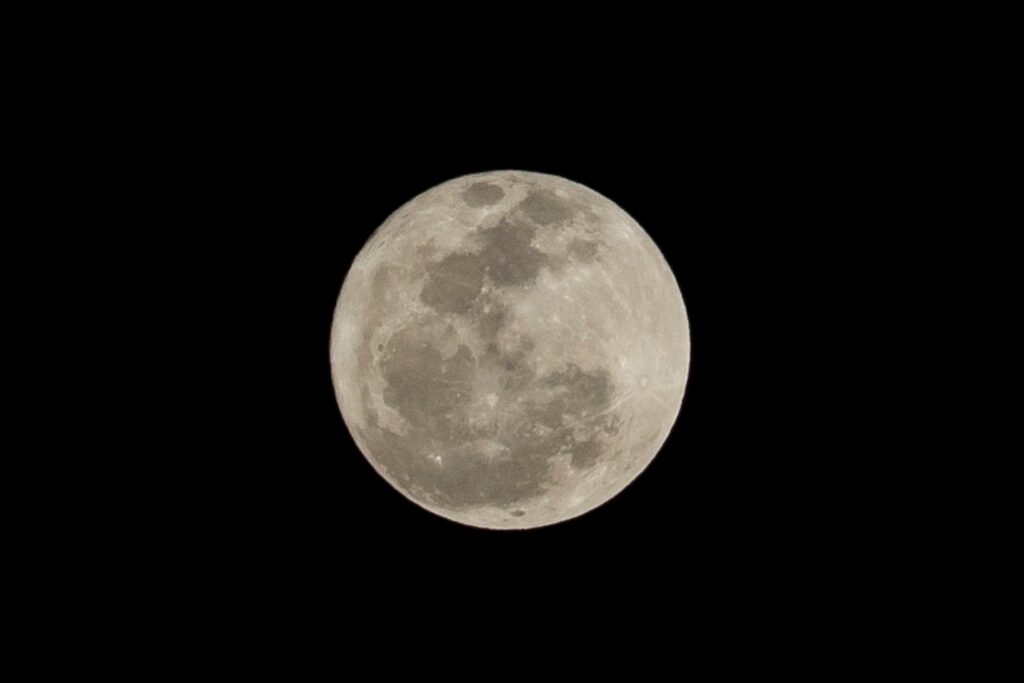
For centuries, the full moon closest to the autumn equinox, known as the Harvest Moon, has been linked to the changing of seasons. Ancient farmers believed that the Harvest Moon could predict when the first frost would occur, based on the brightness and timing of the moon. This idea stemmed from the fact that the Harvest Moon allowed farmers to work later into the evening during harvest season, but it also was said to signal the end of the growing season.
As it turns out, this lunar event often did predict the onset of the first frost. By observing the timing of the Harvest Moon, ancient farmers could prepare for the end of their crops and the coming of colder weather. This ancient tradition continues to be celebrated and observed in many cultures to this day.
8. The “Red Sky at Night” Saying

One of the most famous weather sayings, “Red sky at night, sailor’s delight. Red sky in morning, sailor’s warning,” has been passed down for generations. Ancient cultures, including the Romans, used the color of the sky at sunset and sunrise as a weather predictor. The theory was that a red sky in the evening indicated good weather, while a red sky in the morning foretold stormy conditions.
There’s truth to this saying—when the sky turns red at night, it often signals high pressure and clear skies the next day. Conversely, a red sky in the morning can indicate that storms are approaching. This saying, based on ancient observations, has proven to be a surprisingly reliable weather prediction.
9. The Lifting of the Fog in Ancient Greece

In ancient Greece, the philosopher and scientist Aristotle made detailed observations of weather patterns, including the lifting of fog. The Greeks believed that fog was a sign of impending rain, but if it lifted quickly, it was a sign of clearer skies. This prediction was surprisingly accurate, as fast-lifting fog often indicated a change in the weather toward clearer, drier conditions.
Aristotle’s observations on fog lifting have held up over the centuries, as weather experts today still track fog patterns as part of their forecasting. His work demonstrated a remarkable understanding of atmospheric pressure and moisture, long before modern meteorology.
10. The Aztec and Mayan Calendars

The ancient Aztecs and Mayans were known for their complex calendars, which not only tracked time but also helped predict weather patterns. The Mayans, for instance, based their weather predictions on the cycles of Venus and other celestial bodies. These calendars allowed them to predict seasonal changes with great accuracy, helping them plan their agricultural activities.
The Mayan calendar’s ability to predict weather patterns and align with seasons has been proven to have been surprisingly accurate. These ancient civilizations had a deep understanding of natural cycles, enabling them to anticipate changes in weather that would have a significant impact on their crops and daily life.
11. The Swallows of Capistrano

Every year, the swallows of Capistrano, a town in California, arrive on the same day, signaling the arrival of spring. While this may seem like an obvious migration pattern, the timing of their arrival has been seen as a sign of the weather to come. Ancient cultures, particularly in Mediterranean regions, would use the arrival of certain bird species as an indicator of seasonal weather shifts.
The swallows’ consistent return is often associated with the onset of warmer weather. Their predictable behavior helps to forecast the arrival of spring and is used by locals to gauge when the weather will begin to change. This bird migration, observed for centuries, has a solid historical connection to ancient weather predictions.
12. The Crocus Flower’s Timing
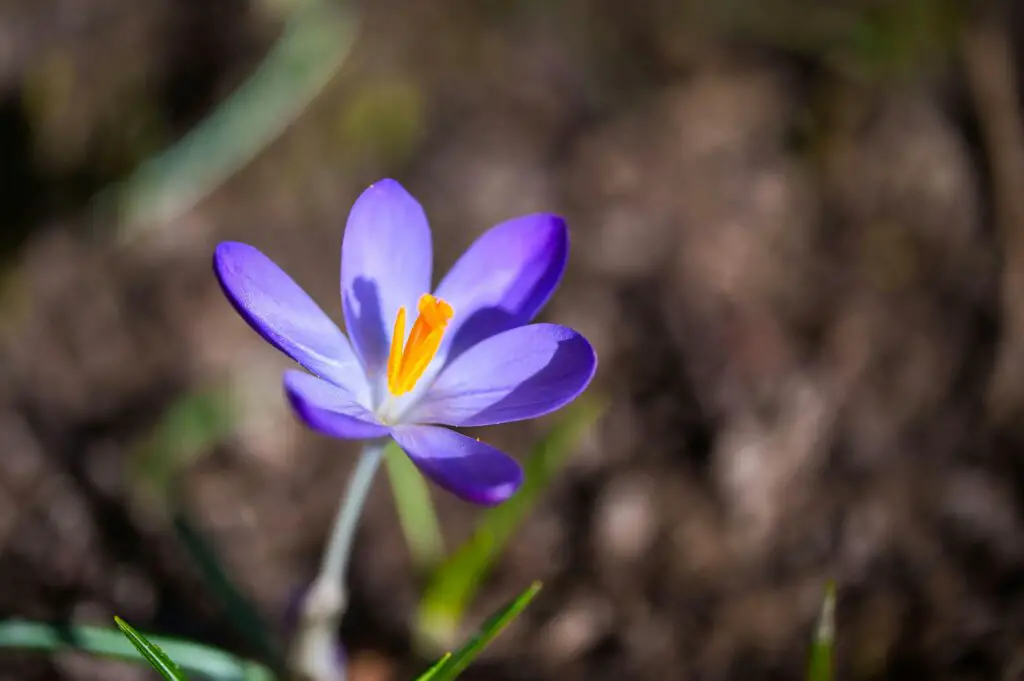
In ancient Europe, the appearance of the crocus flower was closely tied to weather predictions. The flower blooms in early spring, and its early or late appearance was said to predict how warm or cold the upcoming months would be. A late blooming crocus, for example, indicated a longer winter, while an early bloom suggested a mild and short winter.
This floral prediction method has shown to have a certain degree of accuracy. The timing of the crocus bloom is influenced by the soil temperature and moisture levels, which in turn can predict the coming weather patterns. Ancient cultures were able to rely on this simple but effective natural calendar to predict the changing seasons.
